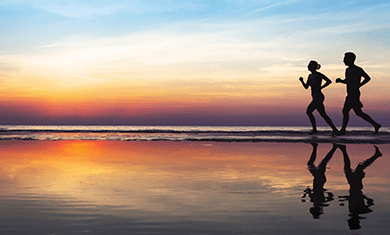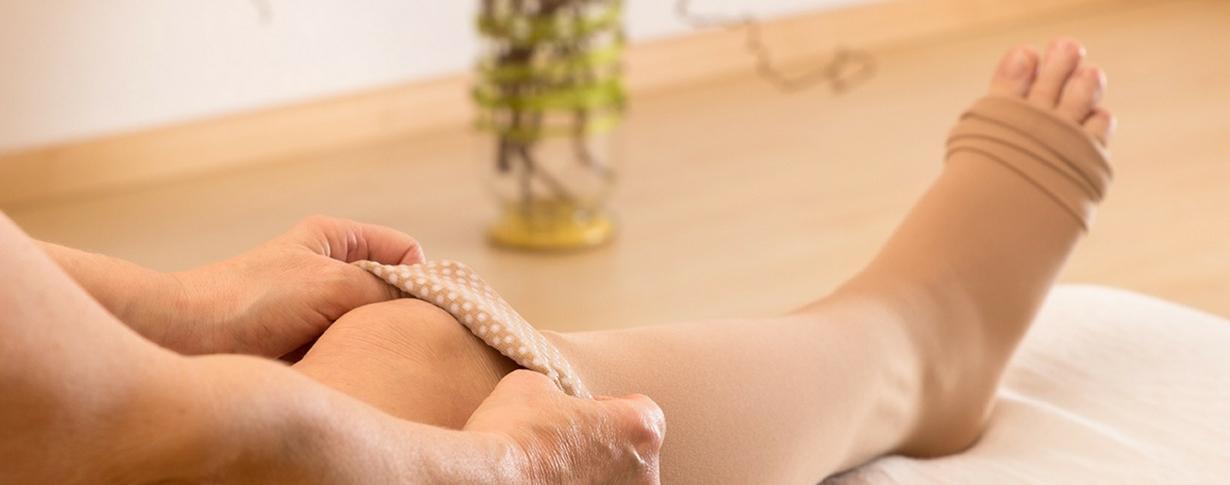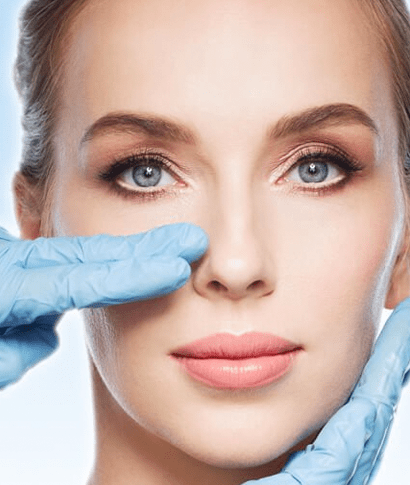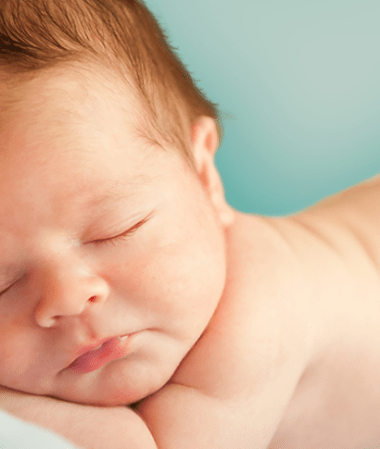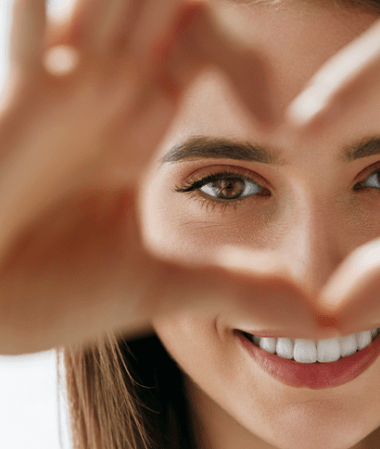What is varicose veins?
What is varicose?
Varicose veins is a very common problem. Although there is no complete information about its frequency in Turkey, it has been determined that there are more than 25 million people with varicose problems in the USA. It also puts a serious burden on the country’s health expenditures. “The Heart Beats” … The blood is thus pumped and dispersed throughout the body through the arteries. This blood, which spreads throughout the body, returns to the heart through the veins. However, there is no pump like the heart that sends it from the bottom up on the way back. Things are a little more difficult here, and it is the tension in the tissues, on the one hand, and the one-way valves in the veins, on the one hand, that allow the blood to return to the heart by resisting gravity. When the muscles contract, blood is pushed up and into the veins. When the muscles relax, the valves prevent the back flow of blood. The system works wonderfully. However, if things do not go well; For example, if our muscles do not work, which is what it is like to stand or sit all the time. The blood is forced back. Or, if the valves in the veins do not work well, some of the blood that will be sent up starts to flow back down. This is what we call “Reflux” or “Insufficiency”. And this leak begins to expand the underlying veins. Since the place where the pressure is highest is below the knee, we most often see varicose veins in the area below the knee. On the other hand, this high blood pressure in the vein also disrupts the circulation in the tissue and causes complaints. This is what we call “Reflux” or “Insufficiency”. And this leak begins to expand the underlying veins. Since the place where the pressure is highest is below the knee, we most often see varicose veins in the area below the knee. On the other hand, this high blood pressure in the vein also disrupts the circulation in the tissue and causes complaints. This is what we call “Reflux” or “Insufficiency”. And this leak begins to expand the underlying veins. Since the place where the pressure is highest is below the knee, we most often see varicose veins in the area below the knee. On the other hand, this high blood pressure in the vein also disrupts the circulation in the tissue and causes complaints.
Symptoms:
- varicose veins
- pain in legs
- fatigue in the legs
- feeling of heaviness
- Cramp
- Swelling
- skin rash
- Color change in wrists
- Itching
- Hardening of the skin and subcutaneous tissue
- Symptoms leading to wound dehiscence are seen.
Pain is evident at the end of the day and at night. It is exacerbated by prolonged standing and prolonged sitting. All complaints worsen in hot weather and summer months are very difficult for patients with varicose veins.
Risk factors:
- family history
- Age
- births
- Obesity
- Persons who are constantly standing
- Having a clot in the deep veins
- Immobility or muscle diseases.
In fact, varicose veins are seen more frequently, earlier and at more serious levels in occupational groups such as cooks, waiters, security guards, surgeons, hairdressers, shop assistants in the standing group. Diagnosis Varicose veins are diagnosed by Doppler Ultrasonography. Doppler ultrasonography evaluation is extremely important. Indeed, determining where the problem is and vascular mapping are indispensable for treatment. The most important thing behind the phrase “varicose veins recurs” is that Doppler ultrasonography cannot be performed by people who are really experts and specific in this field, and the appropriate treatment cannot be planned. Correct treatment starts with correct diagnosis!!!! What can we do in treatment?
Drug treatments:
Medicines used for varicose veins do not cure the disease, the problem in varicose is mechanically high blood pressure in the vein system. But drugs provide to heal the tissue damage caused by venous high blood pressure, which provides relief of complaints and slows or stops the deterioration in tissue. Compression: It is a must for varicose veins treatments! Compression stockings are what glasses mean to someone with an eye disorder, to someone who has heirs. We always say that there is a need for a force to meet the high pressure and push the fluid from the tissue into the vessels, and the pressure from the outside is very important. This can be achieved with elastic bandages or compression stockings. The feature of the socks is that they have the highest tightness at the ankle level and help the liquid to move upwards by decreasing the upward pressure.
Treatment methods:
Until almost the last 10 years, the most valid method in the treatment of varicose veins was surgical operation, nowadays, “intravascular closure techniques” have become extremely widespread, and with the contributions of technology, it has given us a better and problem-free surgery chance with each passing day. The vein is left in place and disabled as closed. Staying in its own place has almost completely reduced the complaints such as pain and bruising after the surgery. In intravenous closure techniques: The patient does not need to receive general anesthesia or anesthetize from the waist. Inguinal incision is not made. Through the catheter, the entry is made at knee level. It is advanced to the groin. In heat-operated systems (which are LASER, RADIOFREQUENCY, etc.), local anesthesia is applied around the vessel. By burning the vein with LASER, RADIOFREQUENCY energy, the catheter is withdrawn and the vein is closed on itself. In systems that do not work with heat, the operation is even easier. With FOAM SCLEROTHERAPY, the technique we call MOCA and ADHESIVE use techniques, only the catheter is advanced around the vein without local anesthesia and then the drug is withdrawn and the closure of the vein is ensured. There is no pain, no risk of bleeding and infection. In these techniques, the patient can walk, eat, and return to work early within 1 day.


